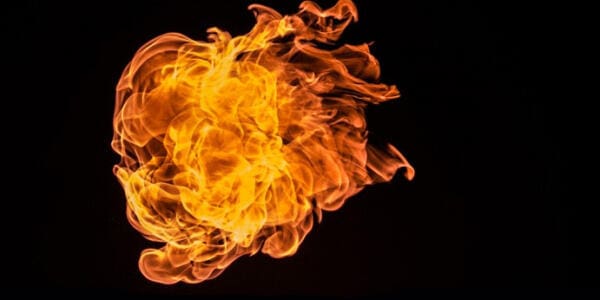When we see ‘FR‘ in a plastics grade coding, we can sometimes be lulled into believing we have a material that is ‘fire resistant.’
Of course, the bottom line is that, because all plastics are based on carbon, they will undergo high-temperature oxidation. In other words, given the right conditions (a supply of oxygen and heat), they will all burn.
By choosing particular base polymers and additives, we can make things ‘less serious’, by concentrating on one particular aspect of fire performance:
- Ease of ignition
- Heat contribution
- Spread of flame
- Toxic volatiles
- Smoke production
Plastics with a ‘limiting oxygen index’ of over 25, eg PVC, require additional oxygen and heat to continue burning. They will be difficult to ignite and to sustain combustion. Plastics which thermally degrade to produce combustible volatiles contribute to the spread of flame. Additives can operate through physical effects (cooling, dilution, protective layer) or by chemical effects (reactions in the solid phase or gas phase).
In fires in occupied buildings, perhaps the most serious feature is smoke production. Smoke can travel along a corridor faster than Usain Bolt can run. Smoke leads to people becoming disoriented and hampers escape. Eventually, they will be overcome by heat or toxic gases, but the smoke is often the prime cause for loss of life. Paradoxically there have been examples where fast-burning plastics, such as acrylic roof lights, have actually saved lives by allowing rapid smoke dispersal.
In particular applications, the properties of FR grades have to be carefully matched up to specific aspects of fire performance.
This article was written by Dr.Charlie Geddes for Hardie Polymers.
Why not read more of the Hardie Polymers knowledge base articles?
For information on all the specified grades that we can offer please contact us today or try our polymer search.
